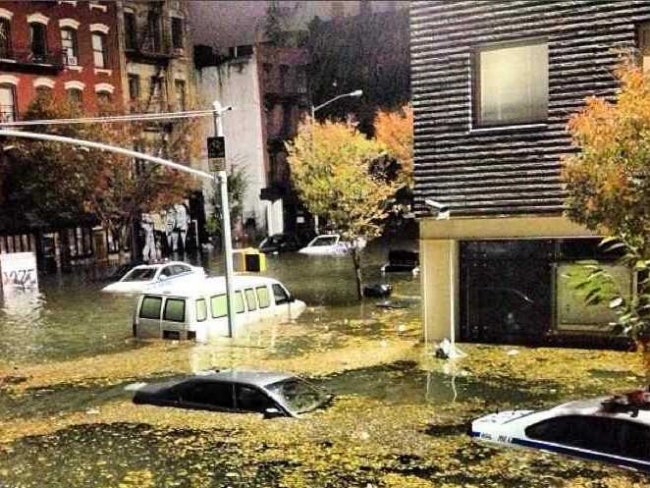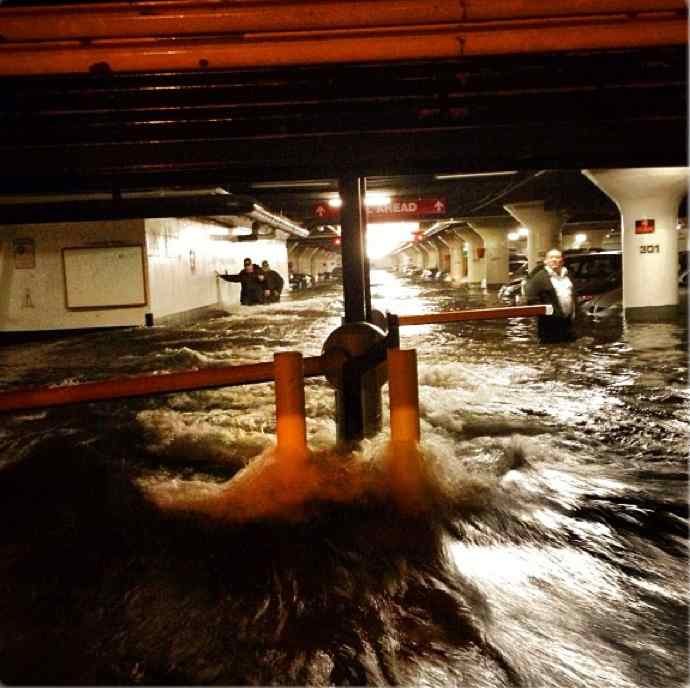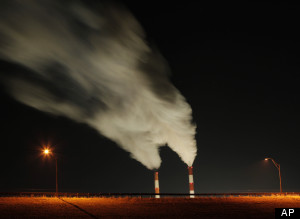 Submitted by Doug Burke
Energy Impact Illinois (EI2) is a program set up with stimulus money to promote home weatherization and improve energy efficiency. EI2 certifies contractors, coordinates energy assessments and provides rebates on certain home energy efficiency improvements. In my case, my wife and I own a two-flat in Logan Square that we thought was pretty inefficient. Our monthly bill from People's Gas under the budget plan has been $181. We called one of the EI2 certfied contractors, Green Energy Improvements, and they did an energy assessment at a charge of $99. They recommended improvements estimated at a cost of $6824 that would save about 25% of the gas cost. (It also saves electricity for ac in the summer, but our tenants pay that so I don't have the numbers.)
Submitted by Doug Burke
Energy Impact Illinois (EI2) is a program set up with stimulus money to promote home weatherization and improve energy efficiency. EI2 certifies contractors, coordinates energy assessments and provides rebates on certain home energy efficiency improvements. In my case, my wife and I own a two-flat in Logan Square that we thought was pretty inefficient. Our monthly bill from People's Gas under the budget plan has been $181. We called one of the EI2 certfied contractors, Green Energy Improvements, and they did an energy assessment at a charge of $99. They recommended improvements estimated at a cost of $6824 that would save about 25% of the gas cost. (It also saves electricity for ac in the summer, but our tenants pay that so I don't have the numbers.)
Here's how it worked out. Right now EI2 will provide a rebate that, combined with existing rebates – in our case, from People's Gas – will pay 70% of the job, up to a limit of 70% of $2500, or a $1750 rebate. Our job was much bigger than most; 70% of $2500 is only about 25% of the whole $6824 job – but it was still a big help. For a single-family house, the whole job might not exceed $2500, so that the homeowner would be paying only $750.
So at this point, with the $6824 total cost, we were looking at:
$6824 – 1750 – 99 (the assessment charge is credited to the job) = $4975.
Not having $4975 on hand, we opted for a loan, facilitated through EI2 and provided by Green Choice Bank. We needed to put down 10% and borrowed the other 90% in a seven-year loan. The interest rate is not that low – 8% – but yet another subsidy pays the interest for year one of the seven-year loan.
The work was done in one short session on August 23rd to construct a hatch so they could insulate between the second floor and the flat roof, and one long day on September 6th. They did a blower door test before and after the job, and now estimate that we should save about 1/3 on our gas bill. That would be $60 per month, or more than the payments during the first (subsidized) year of the loan. After that, if gas prices remain the same, the payments would be just a little bigger than the projected savings. Plus we will have happier tenants since they will save money also.
We expect to get a certificate issued through EI2 that our building is officially green. To get that, you have to get at least a 15% reduction in energy use. The Multiple Listing Service, which realtors use, now officially recognizes this certificate. How much should this add to the value of the building? Here are two different estimates.
1. Bonnie Marx at Green Energy Improvements said there was evidence that for every dollar of energy savings per year, the value of the building goes up $20. On this basis, for gas alone, the increase would be $60 x 12 x 20 = $14,400. Then add electricity to that and the total increase would probably be in the range of $20,000 or a little more.
2. A California study claimed that green houses get a premium of 9%, which would probably be more than $30,000. But then that's California – people probably pay more attention to green stuff there.
If you are interested in doing similar work, you can get the names of contractors from EI2. The whole thing flows smoothly: the rebate and the loan flow directly to the contractor, with little paperwork on our part for the subsidies, and very little for the loan. And again, if you get in while the 70% subsidy is available and your job isn't too big, you may not need any loan. My wife and I are so pleased with the work on our rental propertywe are now preparing to participate in EI2 a second time, at our house in Oak Park.
For more information about Energy Impact Illinois, or to get started, call Pamela Brookstein at 708-252-0623 or email pamela@energyimpactillinois.org.
See also related article and video: Energy Impact Illinois: "This Rebate Program Rocks!"
 The power of hurricane Sandy and it's severe impact on life and property in the northeastern population centers including New York City has brought at least a temporary end to the silence on the topic of climate change. The evidence of the vulnerability of our technology and infrastructure in the face of Hurricane Sandy has catalyzed articles in several mainstream media outlets. Bloomberg BusinessWeek magazine's cover article, "It's Global Warming, Stupid," perhaps sums up the challenging tone of the articles. Below are a sampling of the articles discussing climate change for your reference:
The power of hurricane Sandy and it's severe impact on life and property in the northeastern population centers including New York City has brought at least a temporary end to the silence on the topic of climate change. The evidence of the vulnerability of our technology and infrastructure in the face of Hurricane Sandy has catalyzed articles in several mainstream media outlets. Bloomberg BusinessWeek magazine's cover article, "It's Global Warming, Stupid," perhaps sums up the challenging tone of the articles. Below are a sampling of the articles discussing climate change for your reference: Bloomberg BusinessWeek: "It's Global Warming, Stupid!"
Bloomberg BusinessWeek: "It's Global Warming, Stupid!"










